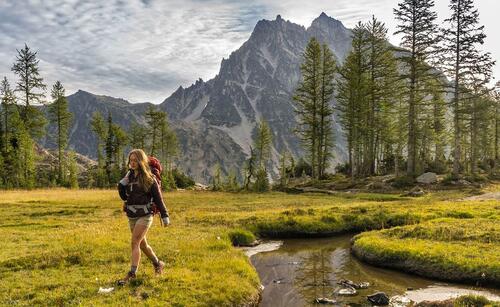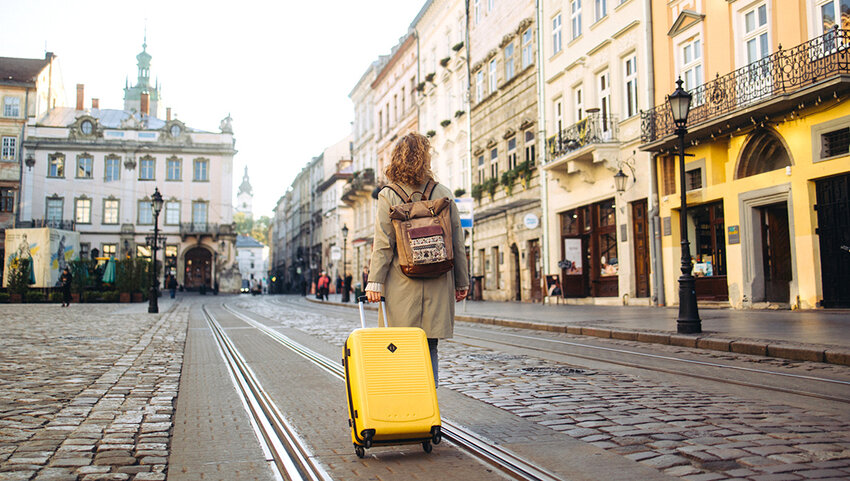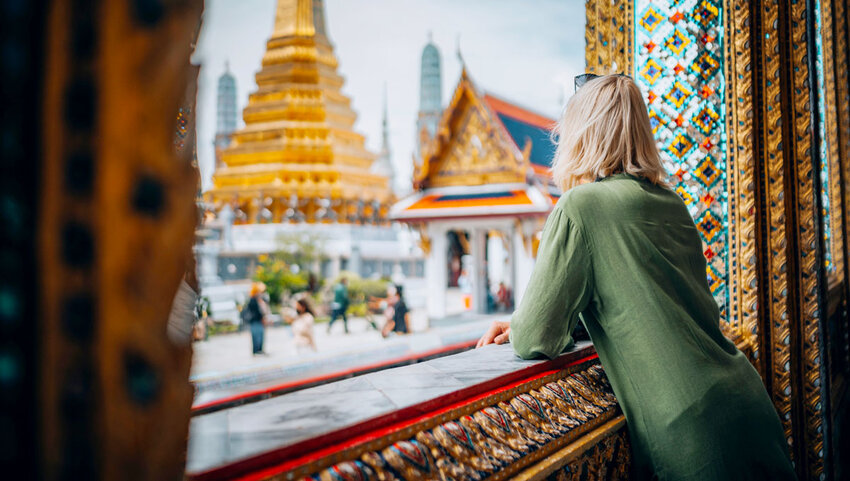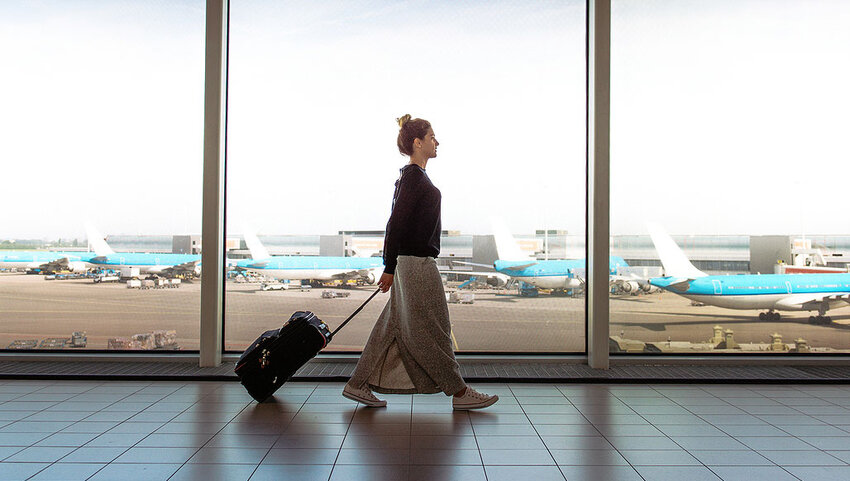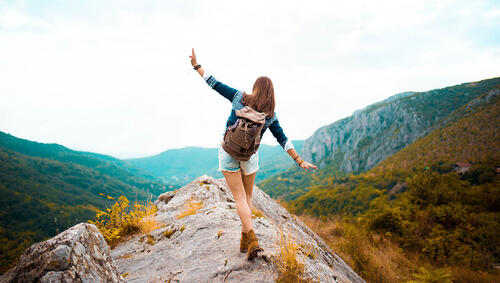My running shoes were always my go-tos for...everything. Yes, for running, but also for weight lifting, grocery runs, hoofing it around a new city, and even hiking on steep, dusty trails (those poor white kicks!). So, when I decided to commit to the 52 Hike Challenge in 2020 — 52 hikes in a year — I assumed my running shoes would be able to handle the job.
Before I kicked off my personal 52 Hike Challenge on January 1, I decided to hit the trails, so my legs wouldn’t be completely shocked by a sudden increase in mileage in the coming weeks. So, off I went on a popular local trail. But when I reached the summit, things only went downhill — literally and figuratively. My descent was filled with trips and slips, as I lost traction and took the descending switchbacks on my rear. When I finally arrived at the trailhead, dusty as ever and without a clue as to what nature I missed on my way down, I knew it was time for a sneaker swap.
An “Official” Hiker
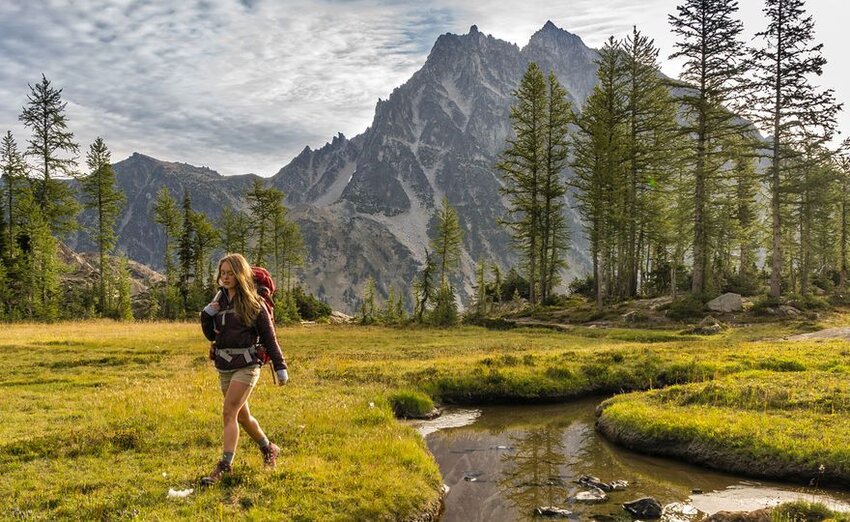
Growing up, I detested hiking boots. My mind always went back to the boots my parents decked me out with as a kid — heavy and stiff, all in a boring beige tone.
So, when I headed to REI to explore options of new trail running shoes and hiking boots, I can’t say I was super thrilled. Without a clue where to start, I asked the nearest friendly employee what shoes she recommended for my day hiking excursions, and she showed me her personal pair: the Oboz Bridger Mid BDry Hiking Boots. As I laced up the distinctly red boots (no beige for me, but you can get them in brown if you prefer), she detailed her boot-clad excursions throughout Zion National Park, the Eastern Sierra region, and portions of the Pacific Crest Trail. She continued to chat away as I took the boots on a test run (or, walk, if you will) around the store. I was pleasantly surprised at how instantly comfortable and light the boots felt, and I started to envision myself on the very same trails, in the very same boots, soaking up awe-inspiring sights and wiping well-deserved sweat off my forehead, feeling like an “official” hiker.
Needless to say, I hiked straight over to the checkout counter to buy the boots, and began to map out my year full of hikes, uniquely red boots in tow.
My Backcountry Buddies
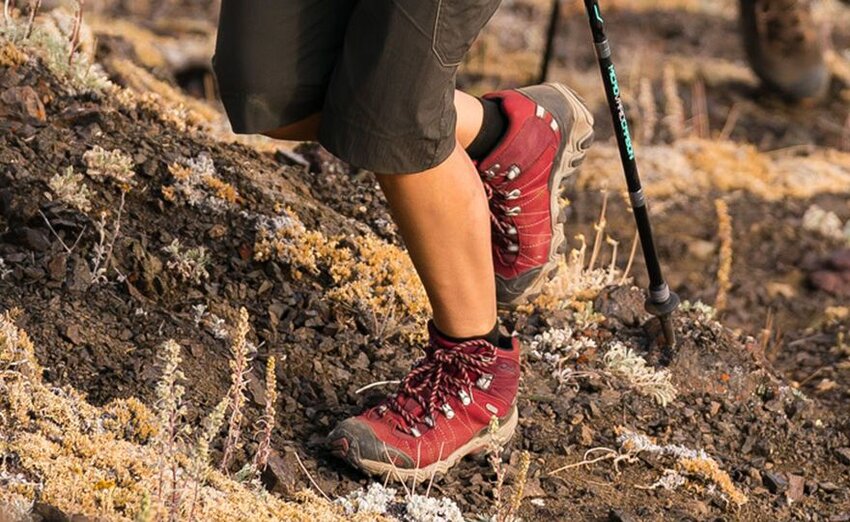
Over the next year, my Oboz hiking boots became as much of a staple in my weekends as did my morning coffee, my well-worn Osprey daypack, and my trusty AllTrails app.
While I initially sustained a few blisters during the first few hikes as I broke in the boots, my feet quickly got used to my new footwear. I liked the extra weight underfoot (just two pounds per boot), as it kept me feeling stable on slippery and uneven trails. Plus, the boots fit snugly without being too tight and restrictive, and my feet felt supported with Oboz’s signature deluxe footbeds and O-fit insole that ensures your foot is in a neutral position regardless of the terrain — particularly helpful when I headed to Muir Woods National Monument, where I embarked on a few hikes that began on a sandy beach and ended in a wooded forest, tree roots abound. For extra root, debris, and rock protection, the boots’ rubber toe cap is a gamechanger. Hiking in Southern California is synonymous with rocks, and this extra protection saved my feet from many a bruise and a bump, especially on the hikes that turned into a rock scramble near the peak.
While I was fearful of overly stiff boots, Oboz’s Bridger boots magically combine just the right amount of rigidity with flexibility. The boots’ nylon shanks and thermoplastic urethane forefoot plates offer stability and impact protection, along with the flexibility that isn’t typical of boots with steel shanks for example. This kept my feet feeling shockingly fresh even after double-digit days.
Sprain Saviors
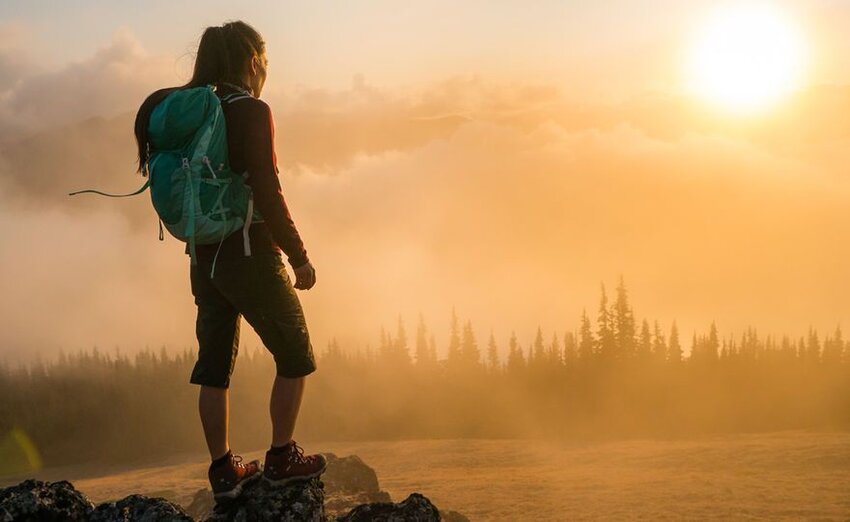
It only took a few hikes into my challenge to realize how desperately I had needed the extra ankle and arch support of the Oboz Bridger boot. As a chronic ankle twister (no thanks to you, high arches!), I had grown used to a regularly swollen ankle following any trail time.
While I can’t say I’ve never twisted my ankle or slipped while wearing my Oboz boots, the frequency took a sharp decline. Did I mention that I’ve never had post-hike swollen ankles since this purchase?
In addition to the signature comfortable sole, Oboz’s footbeds are constructed with a well-defined arch, helping us high-arched hikers prevent any missteps due to lack of support. The boots’ heel counter also kept my ankles from moving around too much, and if they did, the mid-cut ankle provided the perfect amount of cushion and stability to keep my ankle and calves upright, without being stiff and restrictive.
Anything But a Downgrade
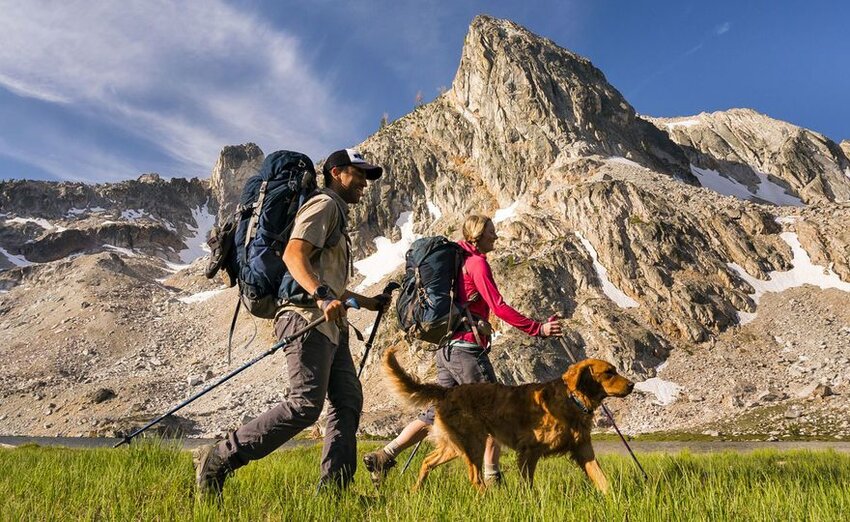
Prior to my 52 Hike Challenge, trail descents were always my site of slips, trips and foot pain. I dreaded making my way downhill, knowing I might fall over loose sand and dirt, while my toes fought the edge of my running shoes.
Oboz’s rubber heel counter saved my descents for good. While heading down the notoriously steep decline after summiting Mt. Baldy, I was initially fearful of both falling on my rear and falling behind the pace of my hiking companions. I credit the heel counters for my success on this steep slope. This boot feature keeps your heel in place (comfortably, of course), so your foot doesn’t slide to the front of your shoe, jamming your toes in the process. This extra stability helped me make my way downhill slip-free. And, while we’re getting to the bottom of this, the Oboz Bridger boots are decked out with directional lugs underfoot to keep you gripping without slipping. Hello, extra fall protection.
Wet And Wild
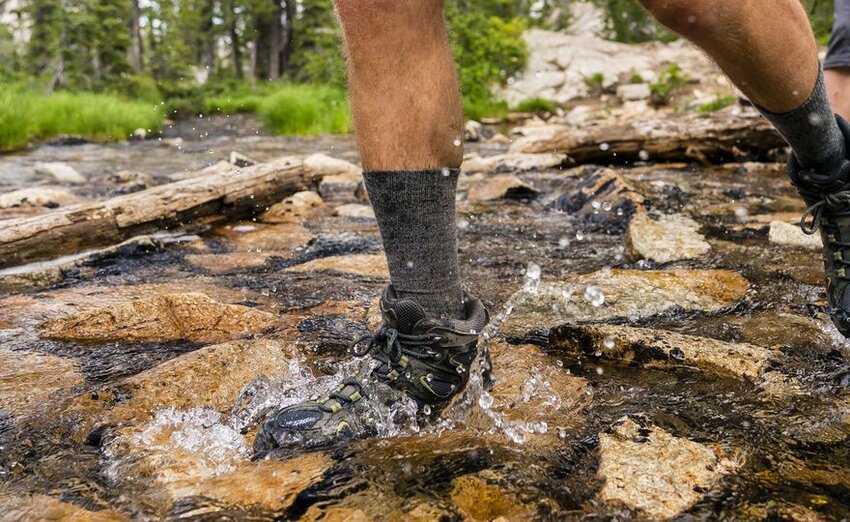
On my final 52nd hike on December 31, I embarked on a long slog up El Cajon Mountain. While San Diego isn’t known for its weather fluctuations, Mother Nature wasn’t going to make this final hike easy on me and my co-hiker. Within the first mile, we were caught in a heavy downpour and gusting gales.
Sure, I had crossed small streams and splashed in a few puddles with my Oboz Bridger boots, but I had never really enjoyed the waterproof benefit until my final hike of the year. My feet miraculously remained dry throughout the cold and damp hike, and I didn’t have to fight with the soggy socks and chafing ankles that I had previously dealt with when I had romped around in my running shoes. It made that final, accomplished ascent even sweeter.
My Personal Trail Magic
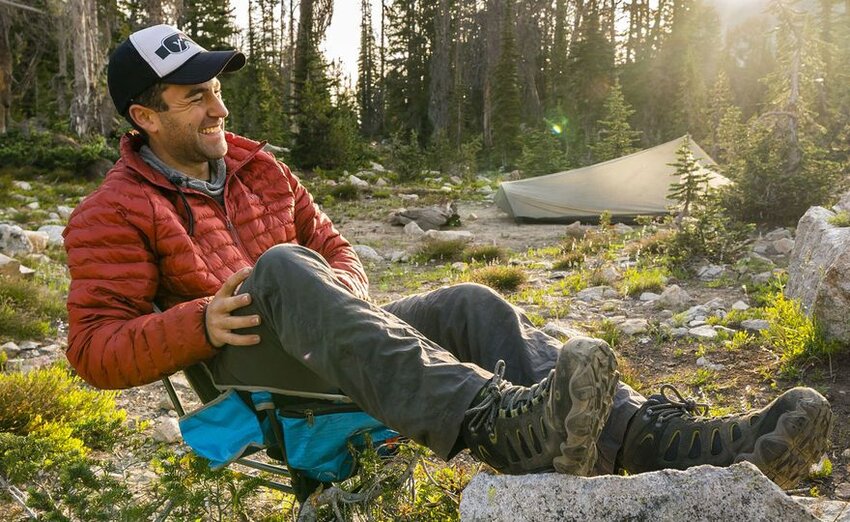
Throughout my year of weekly hikes, my Oboz Bridger boots became an extension of my legs. This pop of red paralleled my newfound sense of adventure, and I credit them with guiding me through national parks, hikes where I got lost (only to find myself), trails across multiple states, and rewarding peaks with my rotating group of peak-bagging pals that joined me on this journey.
While I don’t necessarily hike every week now, I keep my well-worn Oboz boots in the back of my car, ready at all times for the next adventure.

